This will be a two-part blog on shipping Lithium Batteries by ground in North America.
Part One
- will focus on the shipments of lithium batteries in Canada utilizing the Transportation of Dangerous Goods Regulation (TDGR)
Part Two
- will focus on the shipments of lithium batteries in the United States utilizing the 49 CFR.
After reading both blogs, you will be able to see a difference in Canadian and American regulations, but first, it is important to understand some key terms.
- Cell vs. Batteries: Cells are a single unit meanwhile batteries are multiple cells connected in a series.
- Lithium-ion vs. lithium metal: lithium-ion is rechargeable while lithium metal is not. This is vital since the classification of lithium-ion is in watt-hour rating meanwhile metal batteries are in lithium content in grams.
- Shipped alone, packed with, or contained in equipment, will determine what UN number and proper shipping name you will use.
The following UN numbers and shipping descriptions are to be utilized when shipping lithium batteries or cells. I have added the special provisions associated with each and will give a brief description of each.
Lithium Ion batteries shipping descriptions:
- UN3480 LITHIUM ION BATTERIES, SP: 34, 123, 137, 138, 149, 159
- UN3481 LITHIUM ION BATTERIES CONTAINED IN EQUIPMENT; SP: 34, 123, 137, 138, 159
- UN3481 LITHIUM ION BATTERIES PACKED WITH EQUIPMENT, SP: 34, 123, 137, 138, 159
Lithium metal batteries shipping descriptions:
- UN3090 LITHIUM METAL BATTERIES, SP: 34, 123, 137, 138, 149, 159
- UN3091 LITHIUM METAL BATTERIES CONTAINED IN EQUIPMENT, SP: 34, 123, 137, 138, 159
- UN3091 LITHIUM METAL BATTERIES PACKED WITH EQUIPMENT, SP: 34, 123, 137, 138, 159
Special provisions summary
34: Exempts you from most of the regulations and is meant for low-power consumer-type batteries that you will find in most cell phones and laptops. All must pass each test set out in subsection 38.3 of Part III of the Manual of Tests and Criteria. This exempts you from UN performance packaging, and as long as:
- Lithium-ion cells must have a watt-hour rating of less than 20 Wh; or
- Lithium-ion batteries must have a watt-hour rating of less than 100 Wh; or
- Lithium cells must have a lithium content of less than 1 g; or
- Lithium batteries must have a lithium content of less than 2 g.
123: Is an exemption for pre-production prototypes of cells and batteries that are transported on a road vehicle, thus you must utilize packaging instructions from the P910 UN manual.
137: Is in regards to the shipment of damaged or defective batteries and refers to packaging instructions P908 or LP904 of the UN Recommendations. The outer means of containment, or the overpack, must be marked legibly and visibly on a contrasting background with the words “Damaged/Defective Lithium-Ion Batteries”.
138: When shipping lithium batteries for disposal or recycling they must be packaged in accordance with the Packing Instructions P909 or LP904 of the UN Recommendations and duly marked, including the wording “lithium batteries for disposal”.
149: These dangerous goods are forbidden for transportation as cargo on a passenger aircraft.
159: The label to be used for these dangerous goods is the one illustrated under the heading for lithium batteries “Class 9, Lithium Batteries” in the appendix to Part 4 (Dangerous Goods Safety Marks).
The following flow charts are to assist as examples of batteries or cells shipped alone
The following is the exert of packaging instruction 903 that can be found in TP14850 of the Transport Canada Manual for the packaging of fully regulated shipment of lithium batteries where SP34 doesn’t apply:
In conclusion, if special provision 34 applies, you are exempt from most of the regulation’s requirements. An example being UN performance packaging and the class 9 lithium battery label. But, if you are shipping a high-power battery where special provision 34 doesn’t apply, you will require a UN performance package class 9 lithium battery label, and a proper compliant shipping document will be required. Please note to keep in mind special provisions related to defective/damage have its unique additional requirements.
Stay up to date and sign up for our newsletter!
We have all the products, services and training you need to ensure your staff is properly trained and informed.
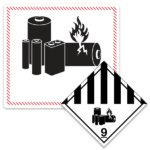
|
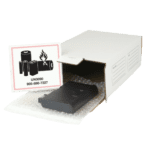 Lithium Battery Shipping Kits |
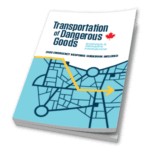 Canadian TDG Publications |


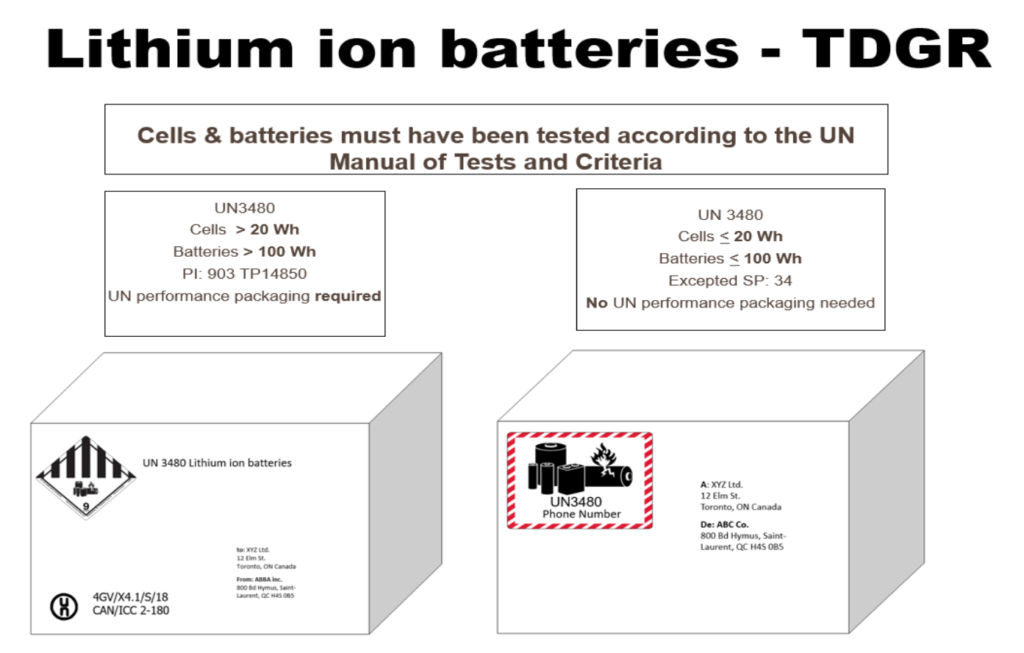
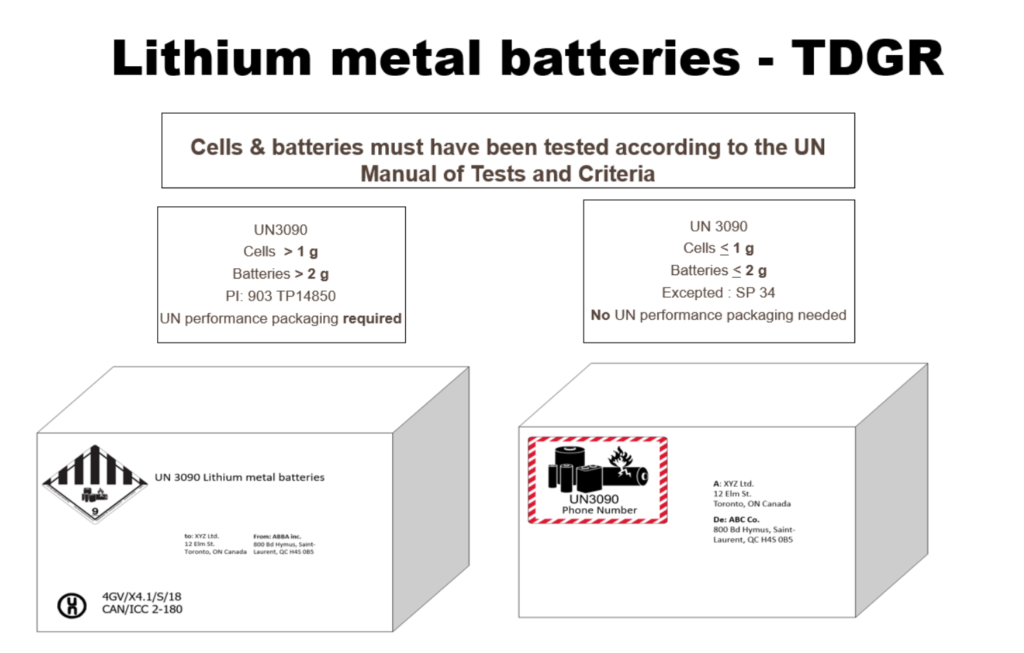
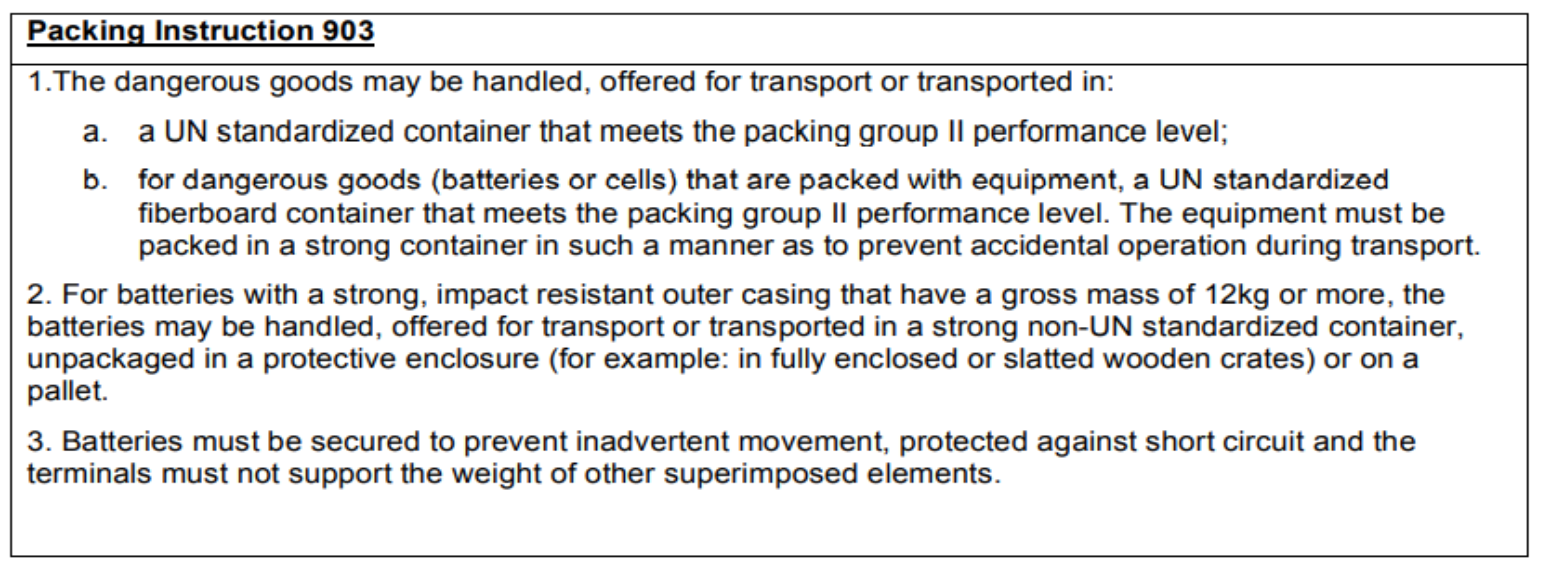


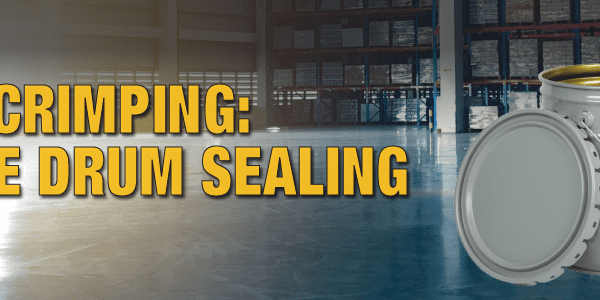


 ICC USA
ICC USA ICC Canada
ICC Canada